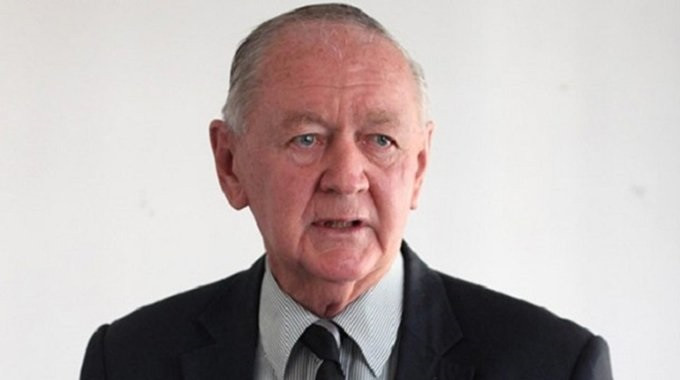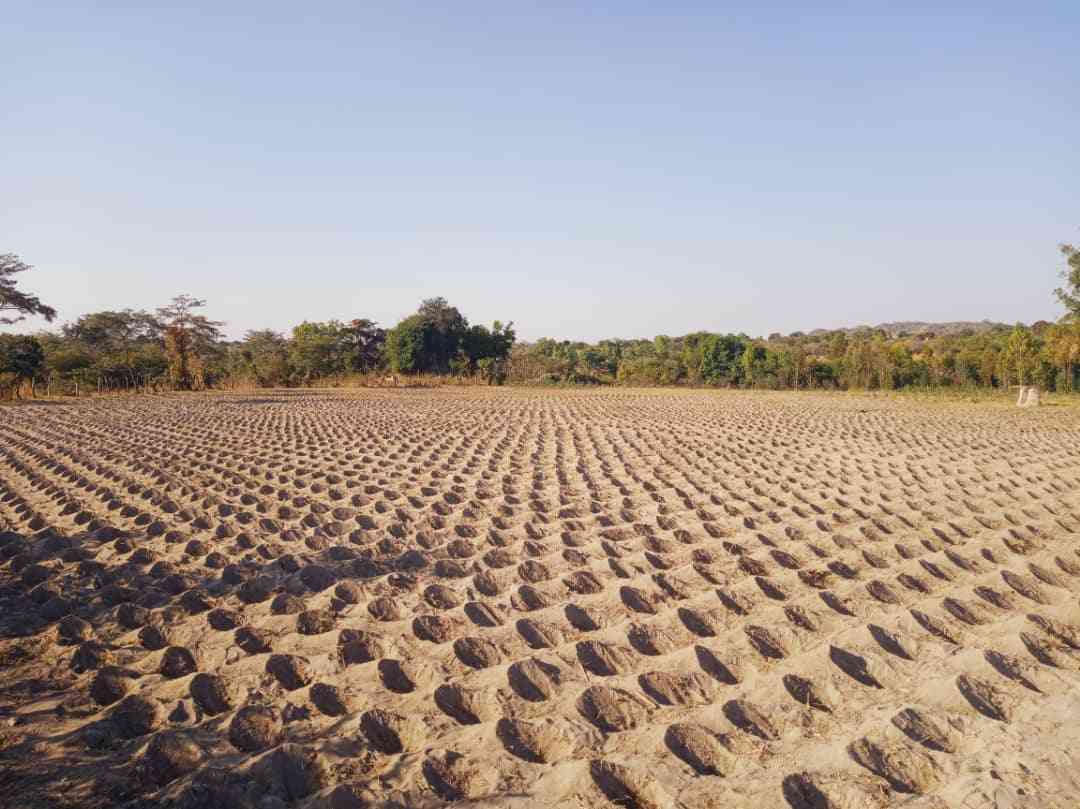
IN 1987 I accepted the invitation to head a private sector initiative to reopen the Port of Beira in Mozambique which had been closed to traffic since the imposition of UN sanctions on Rhodesia after 1965. For 22 years the port had not really operated - initially because the British had a frigate off the port to stop all trade with the rebel regime in Rhodesia. After that phase was over, the civil war in Mozambique between Renamo and Frelimo had cut the transport links and was also interfering with movement.
In my previous job as the CEO of the largest meat company in Africa, I had personal experience of the costs of the closure of Mozambique ports to Zimbabwe. This had been initiated in 1975 by the new leader of Mozambique and Frelimo in the form of Samora Machel who moved to close off access, especially to Maputo in support of the struggle to force independence in Rhodesia.
I was exporting large quantities of beef to Europe, some by air but most by sea. To do so I had to move beef by truck to Cape Town and then use ships to move our product to Europe. It was expensive and time consuming.
Together with an outstanding group of major business leaders, we started the Beira Corridor Group and raised some money from nearly 1 000 companies in the region. Four countries were involved — Zambia, Malawi, Botswana and Zimbabwe.
My first trip to the Port of Beira took me through a war zone. Burnt out tanks, armoured vehicles and trucks littered the side of the road. The road was in an appalling state, the railway overgrown and unused and the pipeline built by Lonrho in 1968, unused and buried deep in the bush on the side of the road. But it was the people who shocked me, that year, 1987, some 500 000 people died of starvation.
The villages through which we drove were in a terrible state, bodies with bones showing, children malnourished and naked women who hid themselves from us when we drove by. Bridges destroyed, schools burnt out and nothing but destitution.
Beira was no better. The port had not been dredged, hotels damaged beyond use, the emigrating Portuguese had literally stripped the country of anything valuable - even doors. In the port itself, nothing worked, the citrus cold stores abandoned, the storage sheds with broken gates and roofs. There was little or no electricity.
When I got home, I reported on the situation and also spoke to my church about the plight of the people. We launched a campaign to collect clothes and anything else useful for distribution. A mission in the corridor collected truckloads of goodies and distributed them to needy people. But in our board we discussed what to do. South Africa had taken over support for Renamo and under the guise of “destabilisation” they were spearheading a campaign to isolate the Frelimo regime and to destroy the country's capacity to even feed itself.
- Feature: Is Auxillia following in 'Gucci' Grace's path?
- Displaced white farmers suffer major setback
- Turnall to resuscitate fibre plant
- Mr President, longevity is a treasure beyond measure
Keep Reading
We spoke to then President Robert Mugabe, and he authorised the chairman and myself to travel to Pretoria to speak to the South African Security Council.
Arrangements were made and we travelled down to South Africa for the meeting. We were taken from our hotel to a location in the veld outside Pretoria and found the whole aecurity establishment there — the secretary for Foreign Affairs, the head of the Bureau of State Security, the heads of the armed forces.
After a lengthy meeting, it was clear that we were getting nowhere in our arguments about what they were doing in Mozambique. Their intervention was totally destructive and was damaging our efforts to rehabilitate the port and its supply infrastructure.
We flew home and Mugabe gave us a military force to protect our staff in the corridor and the corridor itself under a brigadier-general who became a good friend. Even so, in the next three years we had 32 staff killed by Renamo during the work we were doing.
Very quickly we appreciated that South Africa was not our only problem. The United States had adopted an approach to Mozambique that was premised on the assumption that Frelimo was a Soviet surrogate regime and that Renamo was an anti-communist movement fighting for democracy.
We discovered that there were movements in the USA who were supplying weapons and money to Renamo. This led us to initiate a lobbying programme in Washington to try and explain what we were doing and why and to try and persuade them that Frelimo was a legitimate government that needed their support.
While all this was going on we were raising money and starting to rehabilitate the port and the supply infrastructure. We rehabilitated the railway line, replaced the old wooden sleepers with steel ones. We ballasted the line and repaired bridges. We dredged the port and re-opened the oil pipeline — extending it to Harare and converting it to refined fuels. We graded the road and then built new facilities in the port to handle cargo. We purchased 11 new GM locomotives from the USA for the railways.
In the middle of all of this, I took the Canadian ambassador down to the port in a locomotive. Half way into our journey, we were ambushed by a Renamo group and had to wait while the Zimbabwe National Army cleared the line. When we got to Beira, I took him around the port and then we flew home. He dined out for weeks on the story. I got a call from the chairperson of the US Congress Foreign Affairs Committee to say she was hearing what we were doing and asked if she could visit the project.
When she arrived in Harare, we put her into a private jet loaned to us by a member company and flew down the corridor to show her what was involved. She was shown around the port by the Mozambique port authorities and then we few to Maputo and had lunch with Machel. After lunch we flew home. She had dinner with Mugabe and then left for north Africa. Six weeks later we were invited to Washington to see the Secretary of State, George Schultz.
Six businessmen went — two each from Zambia, Botswana and Zimbabwe. We saw him and in a 20- minute meeting he asked us why we were doing all this? We put a map on the floor and showed him how the Port of Beira was our closest outlet to the sea.
He then told us they would support our efforts with US$150 million in three tranches. Soon thereafter we learned that the US administration would support the Machel government and all support for Renamo was being withdrawn. It was a crucial turning point.
Today, Mozambique is not perfect. Frelimo is still in charge but Renamo has accepted it should be in opposition. What has been achieved in that broken country that I found in 1987, is little short of miraculous. Did we help? For sure and I think that in many ways that lunch with Machel and Senator Nancy Kassebaum was a turning point and we made it happen.
Was the effort worth it for us in the private sector in this region? Yes again — in three years the port was handling a third of our exports and imports, we were saving millions of dollars on transport and shipping costs. For the next 30 years, we as a country enjoyed low-cost fuel delivered by pipeline from Beira. But for me the greatest dividend was to travel the road to Beira from Mutare and see the people, now better off, no hunger or conflict and the towns and villages on the route bustling and thriving.










